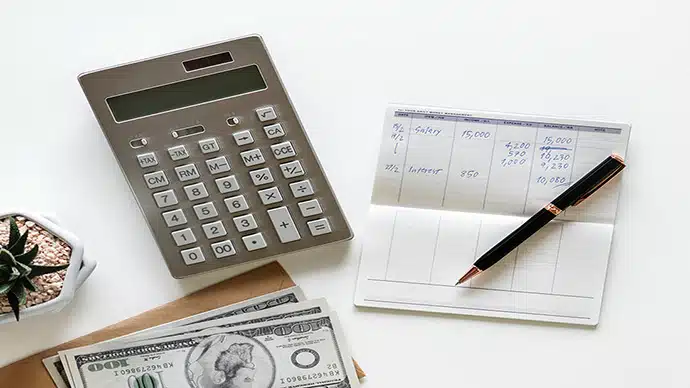
As if it isn’t bad enough that the scammers and crooks are out there every second thinking up new ways to separate you from your hard-earned money, you should also be aware that the honest guys are doing the same thing. Supermarkets, for example, employ a whole host of experts who do nothing but study the psychology of shopping to get you to spend more.
Mental Floss talked to Kyle James, a retail expert and founder of RatherBeShopping.com, about their sneaky tricks.
“It’s psychological warfare and your money is at risk,” he told the magazine. “Namely, spending money on stuff you had no intention of buying but simply can’t pass up as the ‘deal’ is just too good.”
Business Insider writes, “Every part of the supermarket from the parking lot to the checkout counter is designed to make you spend more money and buy more food than you need.”
Billshark thought you ought to know, so here are some of the most popular secrets used by the supermarket industry to induce you to buy things you hadn’t planned on buying.
Let’s start with the layout of the store. Have you ever been annoyed that there’s no easy way to get from here to there? That’s deliberate. They want you to wind your way through the maze of aisles so that you can see all kinds of things you hadn’t planned to buy. They also place the most popular items in the middle of aisles so you have to walk past many other products to reach your goal.
For the same reason, milk and meats are always in the back of the store. They are staples, and grocers know you’ll have to pass their other enticing products to get to what you’re after.
And of course, flowers and fresh bread greet you at the door, to perk you up, entice your visual and olfactory senses, and subconsciously get you in the mood to spend.
Produce is also near the front. It’s colorful and healthy, so it appeals not only to the eye but to our sense of virtue. If we start off our shopping trip with fresh produce, we can mentally check off “healthy” from our list and feel more free to indulge in chips and sodas and processed snacks later.
By the way, stores that periodically mist produce aren’t doing it to keep it fresh—in fact, it’s more likely to rot faster that way. But it’s another psychological trick to make the green peppers and scallions and lettuce appear bursting with just-picked freshness, even if it was “just picked” days before.
The endcaps (the outward-facing shelves at the end of each aisle) may or may not feature sale items, but they’re made to look as if they are. They’re either filled with “grab items” like soda and chips or such staples as tomato soup and dried pasta, and they’re a high-sale area of every store.
The Independent in Britain interviewed Simeon Scamell-Katz, a leading global consumer analyst and the author of “The Art of Shopping: How We Shop and Why We Buy.” He explained why the check-out lines are laden with candy and treats.
“They’re not there for pleasure,” he told the newspaper. “They’re there to make money and the best way to do that is with products that are bought as a reward for the task you’ve just completed.” Not to mention that kids’ little hands invariably reach for them as they’re sitting in line.
Speaking of kids (and their parents), the priciest items—including popular children’s cereals—are always placed just below eye level, between chest- and waist-level. That’s what Scamell-Katz calls “buy-level,” meaning “grab level.” Big-name brands pay supermarkets a premium to have their products placed there. The cheaper products go on the higher or lower shelves
Here’s another little secret: The longer they can get you to linger in the store, the more likely you are to purchase things you hadn’t intended to. Hence the maze of aisles, the placement of popular products, and the music. That’s right. Stores have reams of data on exactly what type of music slows traffic. Slow, soothing music works best, and the right kind of background music can increase sales by as much as 30 percent.
Does all this mean that supermarkets are owned by a bunch of crooks? A Reader’s Digest article detailing supermarket tricks points out, “Supermarkets aren’t out to steal from you. The average supermarket makes about 1.5 percent net profit a year,” which is nearly nothing. Especially in their struggle against Wal-Mart (which also employs these tricks), they have to use psychological warfare to even have a chance of staying in business.
But this doesn’t mean you have to part with your hard-earned cash unnecessarily. Billshark wants you to be aware of these tactics so you can avoid them when possible. Your best bet is to make a list and stick to it. Know where your goal items are placed, get what you need, and get out.
And be sure to let Billshark save you hundreds or thousands of dollars by turning our sharks loose on your bills.


